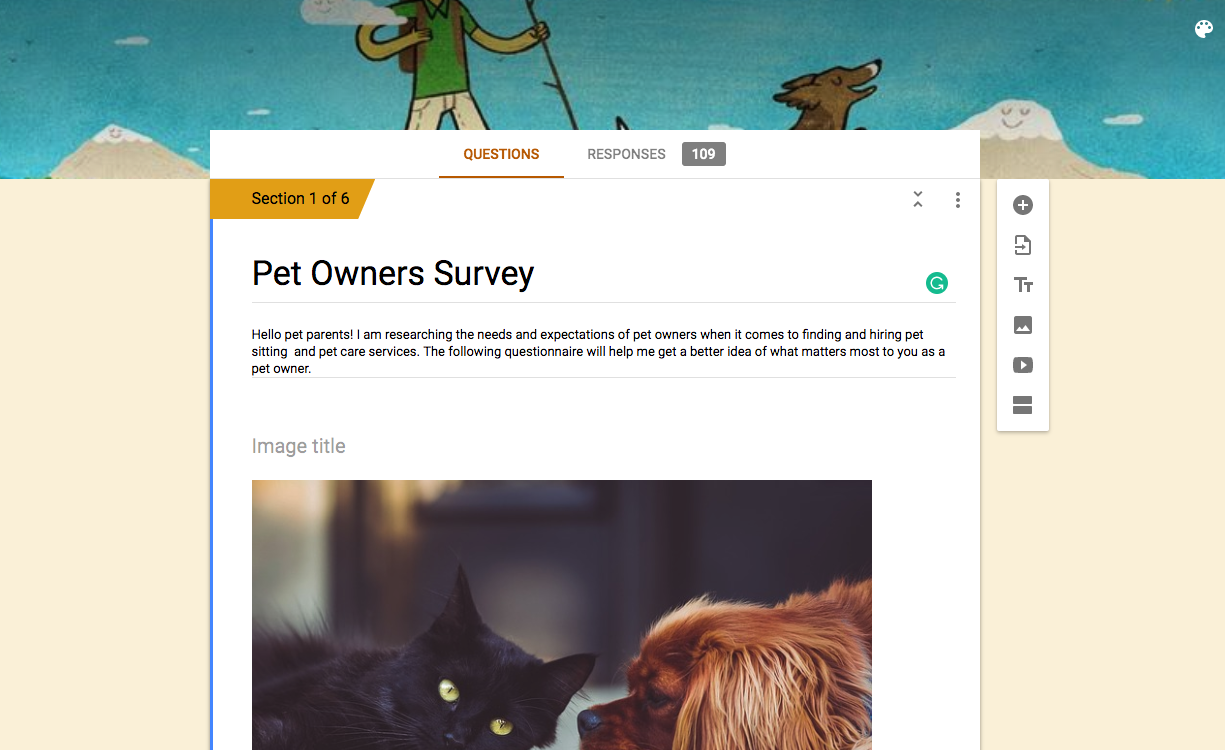Before I even knew that UX writing was ‘a thing’, I came across the equally unfamiliar digital service called CRO (conversion rate optimization). Over the last year, while gradually learning more about UX and how writing fits into it, I also began to realise that CRO could seriously help me out in my journey to becoming a UX writer. Before I launch into exactly how it can do this, let’s first backtrack a little and start from the beginning.
What is CRO?
For those who haven’t come across it before, CRO stands for Conversion Rate Optimisation. In the most basic terms, CRO quite literally optimises a digital product (i.e. a website or app) to improve the quantity and quality of conversions achieved.
What is a Conversion?
A conversion is just a fancy word for a ‘sale’ or any other on-site goal or event. On an e-commerce website, for example, the main ‘conversion’ goal would be making sales – as soon as a user buys a product through the site, that will be a conversion. Another site or app might have been set up solely to generate new business leads and attract new customers, so a conversion for that product would be an email sign-up or filling out an enquiry form. Any goal can be a conversion, and conversions can be tracked, measured and improved with the help of CRO.
Still wondering where this fits in with UX writing? Bear with me, I’m getting to that.
CRO and UX: Brothers from Different Mothers?

CRO works by auditing a digital product and identifying any weak points i.e. any points where users ‘drop out’ of the conversion funnel, and any other issues preventing a user from reaching their goal. Once identified, a CRO analyst will then address and fix these issues, which can involve anything from changing the layout of the page to changing the shape of a button or re-wording a CTA (Call to Action) to make it clearer.
Now, that’s starting to sound like UX, right?
I thought so, too. Through learning more about CRO and UX in isolation, I quickly realised that the two are very closely related; practically brothers, in fact. CRO makes digital products better to help the product achieve its goals, but in doing so it naturally makes the user journey easier and more enjoyable, which is essentially UX. So, while CRO is, first and foremost, designed for boosting sales and revenue rather than specifically aiding user experience, it can still go a long way to helping us create and test better UX writing.
How CRO can help UX Writing
Now we’ve established the connection between CRO and UX, I’ll move on to how CRO can specifically help UX writers get the most out of their projects. The great thing about CRO is that it involves a huge amount of user research and measurement, both of which are essential to a successful UX writing project.
CRO helps writers benchmark success, define strategies and then measure and demonstrate the effects of their work on the overall performance of the product. Here are just some of the useful tools that are commonplace in CRO and can also help us measure our UX writing success:
Heatmaps / Click Maps / Scroll Maps
A great qualitative research method that can be used to analyse how users interact with a website by tracking where they click, where they look and how far down a page they scroll. From this we can see if users are missing or ignoring certain elements of a page, which can help us identify potential weaknesses in design as well as copy and CTAs.
Surveys & Customer Interviews

Running simple surveys and user interviews allows us to ask specific questions about their experiences and interactions with a product. This, in turn, can help us collect general overviews and opinions on their overall experience, or help us home in on very specific elements of a product to get more targeted feedback (on copy and tone, for example).
Session Recordings
Video session recordings quite literally record the screen activity as a user navigates a website or product in real time. Usually given a pre-agreed ‘task’ to carry out, a user will attempt to use the product to complete the task, while the CRO team observes the journey.
This helps with identifying any areas where the user struggles to progress, and allows the user to ‘talk us through’ the experience as they go. Perhaps some button copy isn’t clear enough, preventing them from moving forward.
A/B Testing
The jewel in the CRO team’s copy-testing crown is A/B testing, and boy is it interesting. If you’re not familiar with it, A/B testing is the process of directly comparing two versions of a website or single page to see which one performs best. For example, if a product page isn’t converting and your qualitative research suggests there could be an issue with button CTAs, you could create an alternative version of that page with a new CTA.
Then, once you launch the test, users are randomly sent to either your control version or the new version, and you can track conversions and other user behaviours (time on page, clicks etc.) and ultimately see if the new CTA copy has increased conversions (or not).
Sometimes nothing happens, at which point you try something else. Other times, however, you might see incredible and sometimes unexpected increases in conversions. Success! Time to show the client and bask in the glory.
So, to sum up, CRO and UX Writing absolutely need to get together more often. They’re made for one another. Who’s with me on this?



